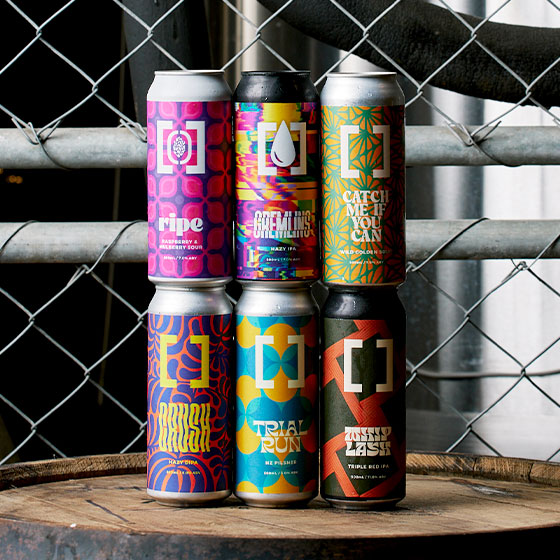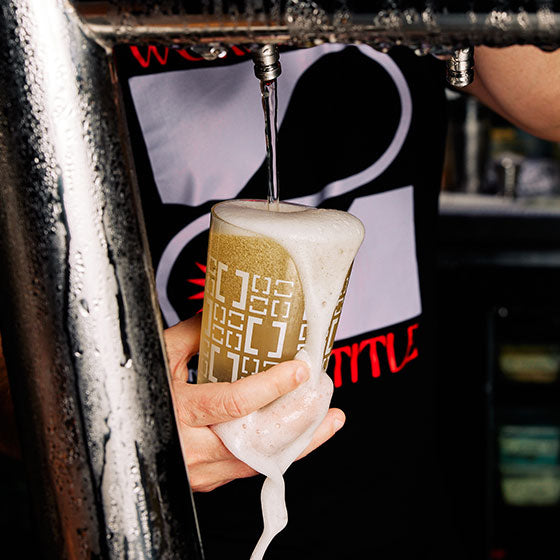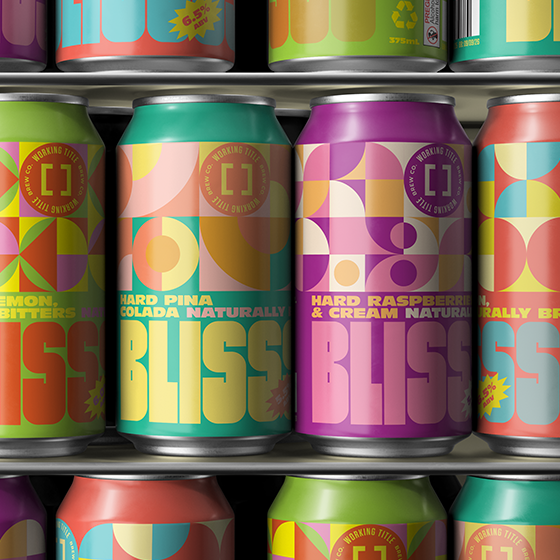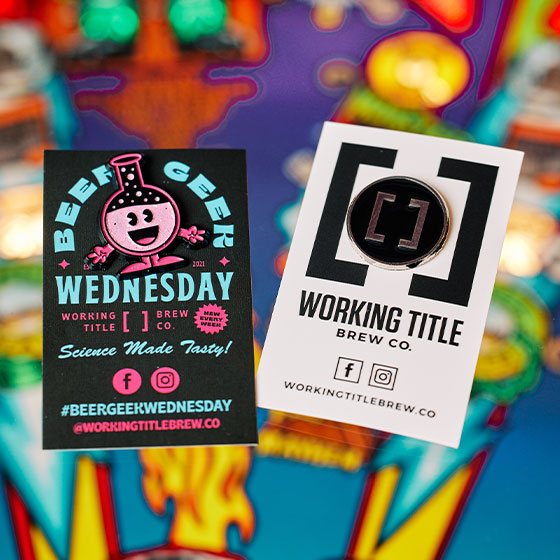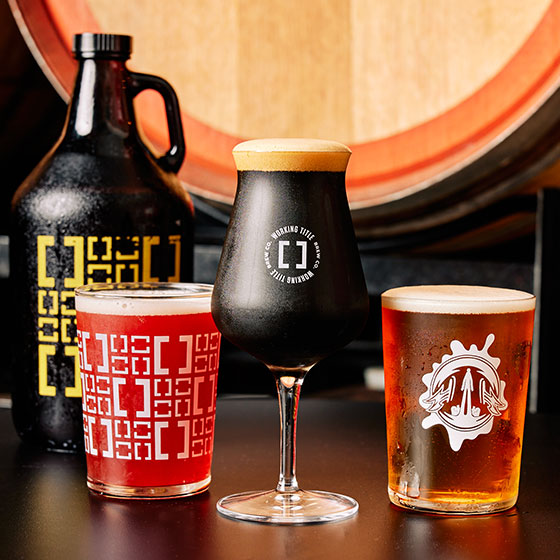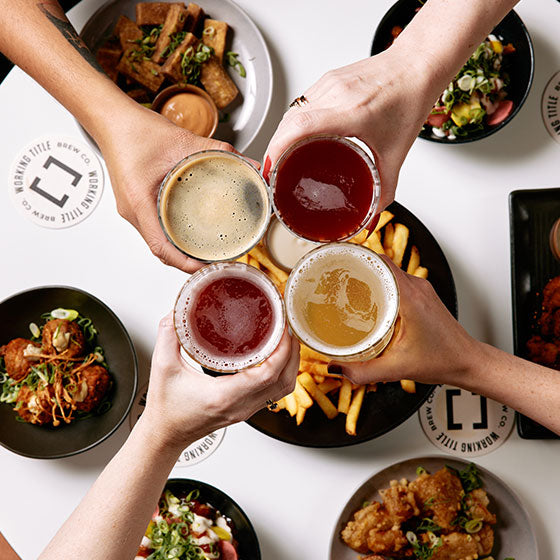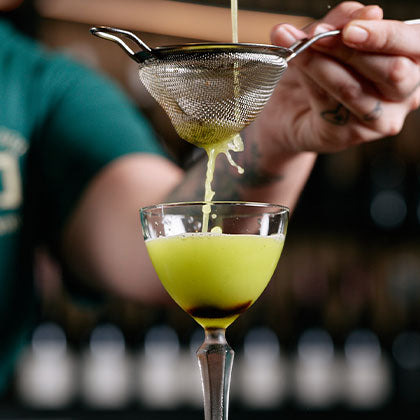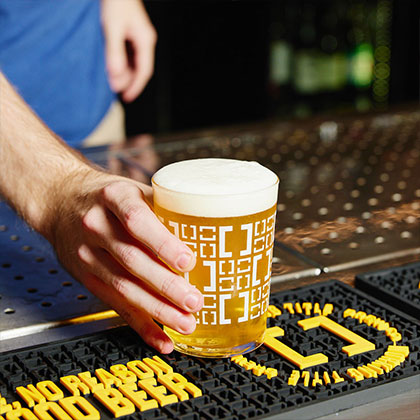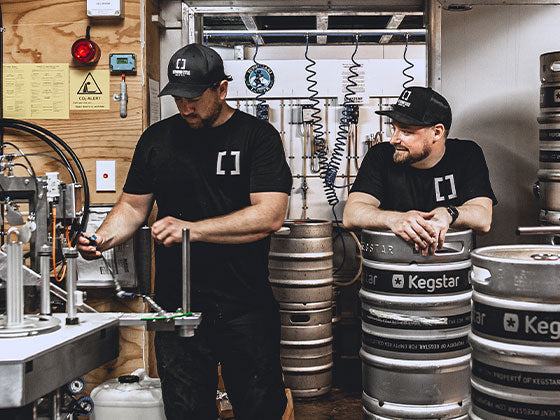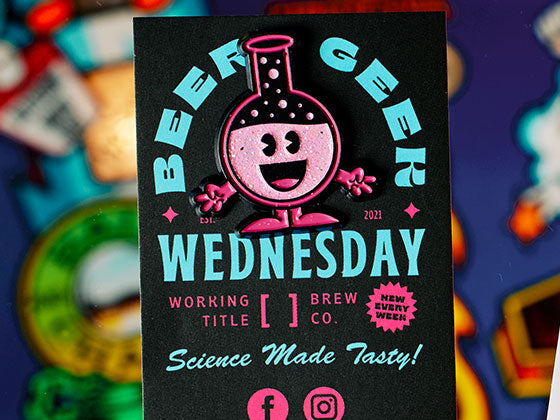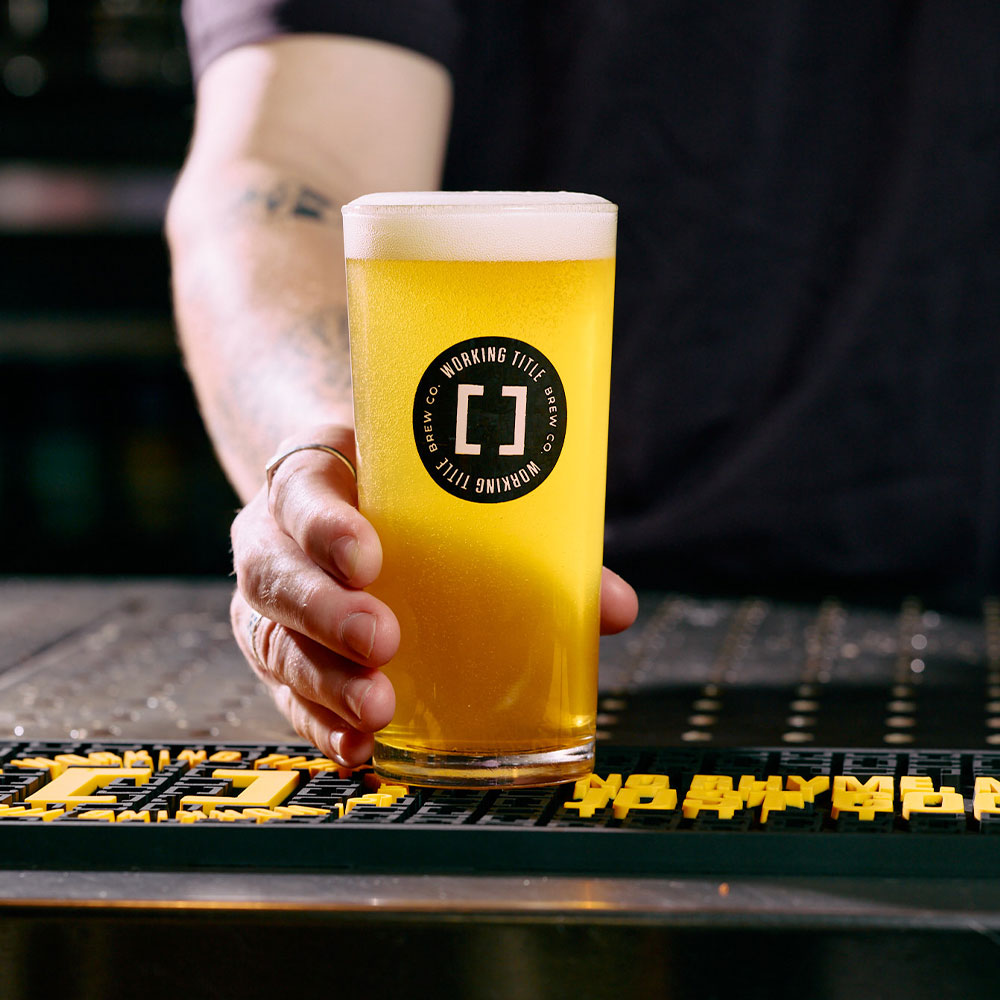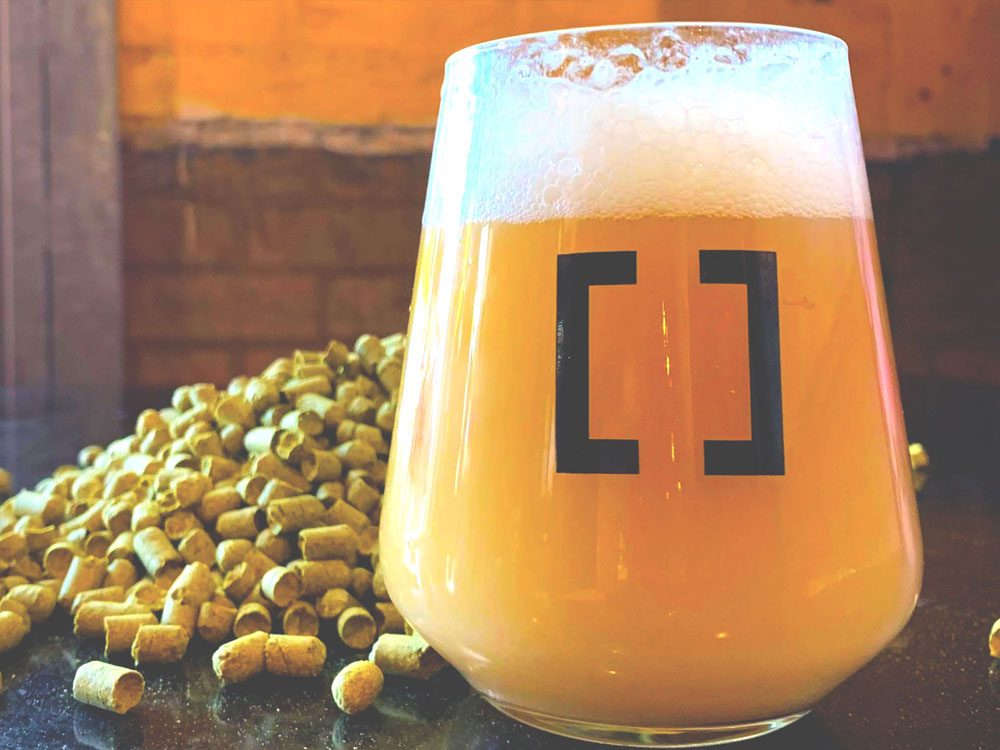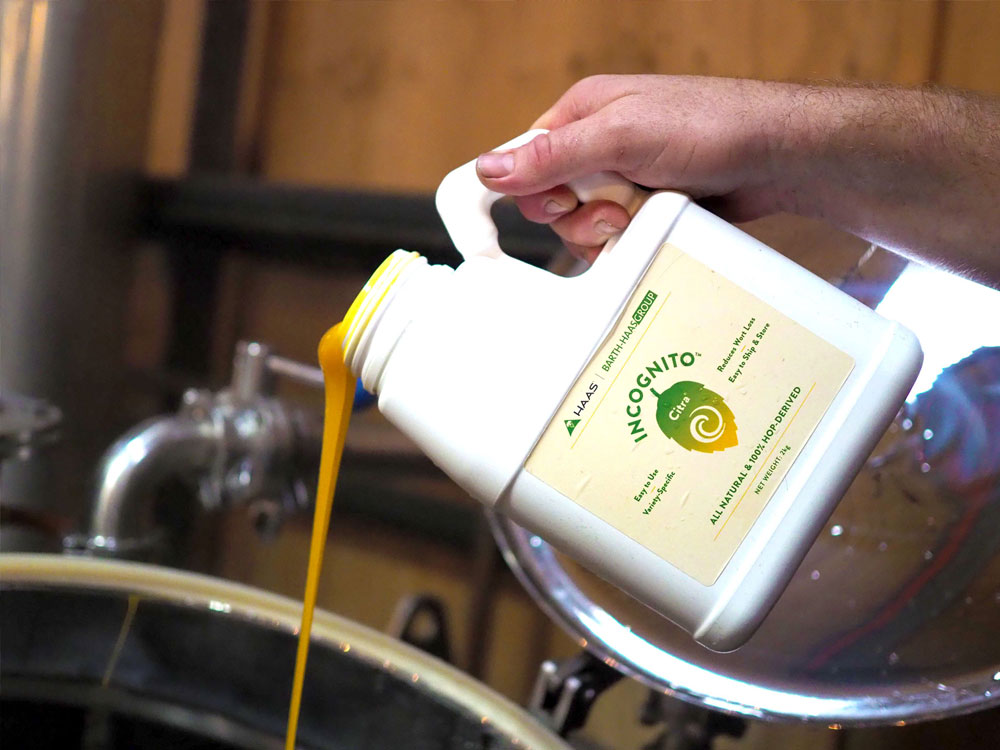It feels like a Red Malt kinda day. As we brew one of our next releases, a Red Rye ale, the malty goodness wafting in our nostrils right now is pretty bloody delicious.
Malts come in all shapes and sizes. Malted grains (barley, rye, wheat and oats) are the raw cereal that has been partially germinated. This process stimulates the production of enzymes that break down the grain’s starch into simple sugars, an essential requirement for fermentation. Towards the end of the malting process, maltsters dry the grains for stability and storage. The drying process can be achieved in many ways, to produce many different types of malt.
One method of finishing the malt is to stew it in water at very high temperatures (~200oC). Carbohydrates and protein in the malt then combine in the presence of water at this high temperature to produce caramel – giving a red colour and associated flavours.
Not all red malt is created equal, however. From the grain species and cultivar, to the temperatures and time used to stew the malt, an extensive array of different red malts are available to the modern brewer. Today, we are using a combination of red rye malt, heavy red barley malt, and a less stewed but high colour red malt from Gladfield. Not to mention all the non-red malt; a smidge of black rye malt, pale rye malt, pale wheat malt, pale barley malt, and rolled wheat and barley. It’s a big, malty boi!

